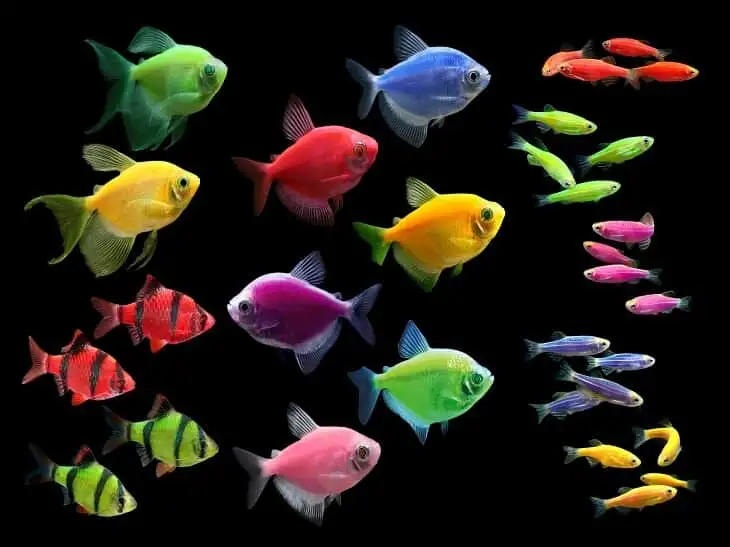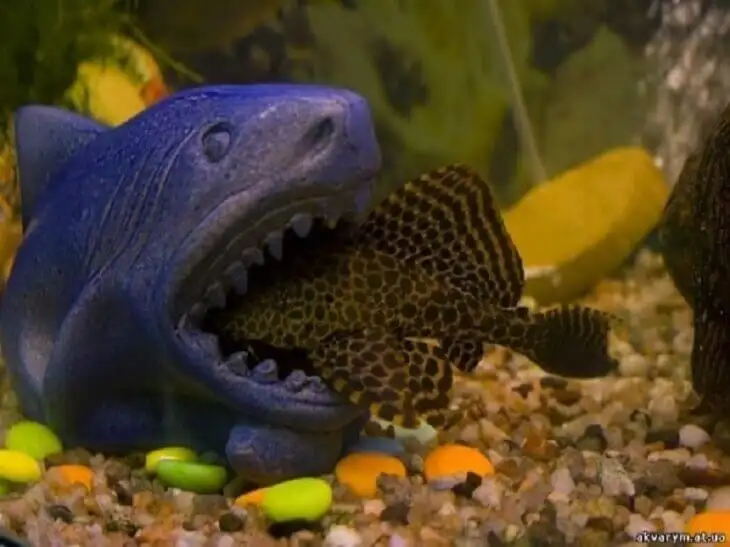AQUARIUM MAINTENANCE TIPS

The main objective of daily aquarium maintenance is to maintain stable and balanced water parameters.
If all the equipment in the aquarium is functioning properly and all the inhabitants are healthy, no serious measures are necessary, even if the water acidity (pH) or hardness (dH) are slightly out of tolerance. Only a considerable increase or decrease of one of these parameters needs immediate attention.
Aquarium water change
An aquarium water change is the most important part of general aquarium maintenance. Any routine maintenance of an aquarium would not be complete without changing some of the water with fresh water. It is recommended to change an average of 10-15% of the aquarium water every fortnight.
Minimize your efforts by using a siphon to draw the water out of the aquarium while "vacuuming" the gravel. This will remove all uneaten food, fish excrement and other deleterious waste deposited at the bottom of the aquarium.
Check the water parameters in the aquarium, as well as the fresh water you put in it, when carrying out aquarium maintenance.
Tap water (city water) contains chlorine or chloramine. All chlorine will be eliminated if the water is allowed to stand for 24 hours beforehand. You can use a water conditioner to speed up the chlorine neutralisation process. It should be noted that ammonia will remain in the water if it contains chloramine, even after treatment with water conditioner. Nitrifying bacteria will break down the ammonia after adding the water to the aquarium.
Nitrifying bacteria are beneficial bacteria present in any aquarium that has already established a biological equilibrium. Nitrifying bacteria provide natural biological filtration in the aquarium and neutralise organic waste in the aquarium.
Do not overpopulate or overfeed the fish. An accumulation of waste products leads to drastic changes in water parameters.
It should be noted that spring water is more complex than tap water and does not contain chlorine.
If you use purified water, it should be checked continuously for vital parameters for the aquarium inhabitants. Such water, depending on the filter elements through which it has passed, may even be "dead" and not only the fish but also the plants will be uncomfortable in it.
Test the aquarium water
Regular aquarium maintenance would not be complete without checking important water parameters.
As we cannot determine water quality by its appearance, it is very important to test it regularly using various methods. The water is normally tested for the basic parameters nitrate, nitrite, pH, dH and salinity (only for sea water).
These parameters should be checked regularly.
Nitrates
Nitrate levels should be kept below 10 ppm in fresh water and 5 ppm or lower in saltwater and reef aquariums.
Nitrites
Nitrite levels should be minimal or, ideally, none at all. If nitrites are detected, don't forget to check the water for ammonia as well.
pH
The pH value should be stable. A pH value in the range 6.5 - 7.5 is suitable for most fish species.
Filter maintenance
Regular maintenance of the aquarium includes filter cleaning, whereby the more fish there are in the aquarium, the more often the water filter element must be rinsed.
In some cases, a complete rinsing of the filter is required. The maintenance intervals for complete maintenance of the water filter depend on the individual aquarium characteristics (aquarium volume, plants, number of fish and their size etc.), but once a month is usually sufficient.
Only clean the filter with clean running water at room temperature. Do not use soap or detergents as they kill the beneficial bacteria.
Recommended aquarium maintenance procedure
A complete aquarium maintenance schedule includes daily, weekly, bi-weekly and monthly activities.
Daily
Make sure all equipment is functioning. Observe the fish while they are feeding. Changes in fish behaviour are the first symptom of a potential problem.
Weekly
Count the fish. When fish die, small species decompose quickly, leading to higher ammonia and nitrite levels in the water, and eventually to high nitrate levels.
Every other week
Check the water parameters: pH, carbonate hardness, nitrite and nitrate.
Clean the aquarium walls, vacuum the gravel, change 10-15% of the water with fresh water, wash the water filter elements.
Monthly
Replace the water filter elements and flush the entire filter if necessary. Inspect all connections, tubes, air spray, skimmers and other elements of the aquarium. Clean the cover of the aquarium.
In conclusion
Every aquarium is unique in its own way and requires an individual maintenance schedule. Use our aquarium care recommendations listed above as a starting point. From there, you can set your own timetable.
Always remember that it is much more difficult to maintain an overfed and overfed aquarium, so avoid both.




